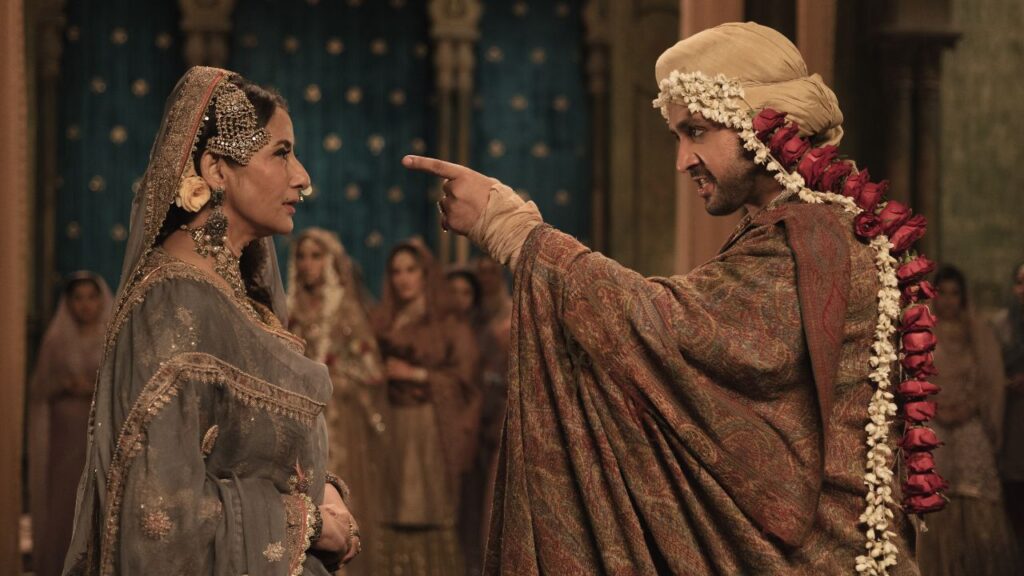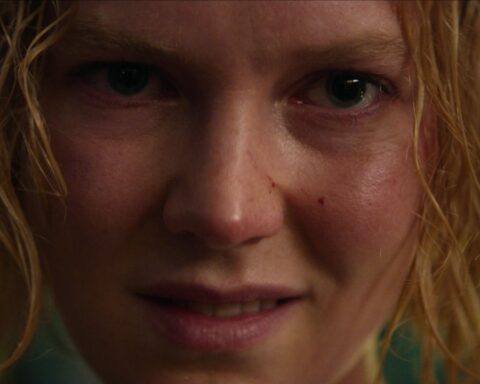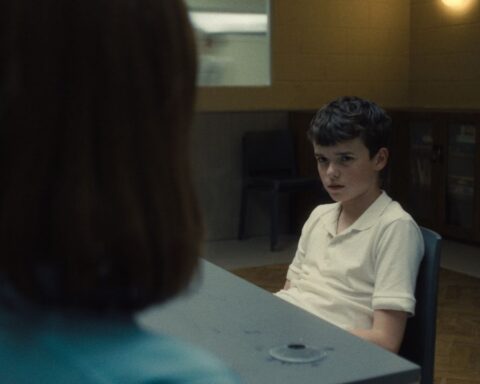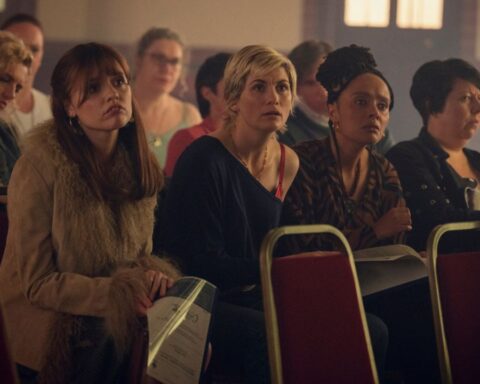This epic period drama by Sanjay Leela Bhansali is both a multilayered tale and a dazzling spectacle about the plight of the tawaifs in the infamous Heera Mandi. (Which is now a red-light district in Lahore.) Set during the 1940s, Heeramandi: The Diamond Bazaar takes place at a time when the tawaifs were no longer regarded as the custodians of art and culture they once were at the height of the Mughal empire.
As is typical with Bhansali’s work, the series first lures us in with the glamorous. The women of Heeramandi are stunning. They are clad in exquisite traditional outfits, striking headpieces, and burnished jewelry. The are adorned in gorgeously designed henna. Their stories unfold in intricately decorated mansions and other remarkably picturesque interiors. But isn’t long, however, before the series swiftly turns our attention toward the hidden truths beneath all the apparent glitz.

In the series, the women of Heeramandi are perceived through the eyes of various beholders. Mallikajaan (brilliantly portrayed by Manisha Koirala) emerges as the central anti-hero. She insists that the tawaifs are, above all else, artists. Highly regarded as a figure from an enchanting realm that’s fading into obscurity, she firmly demands, and commands, respect amidst the louder echoes that prefer to paint them merely as courtesans.
Where the series truly sparkles is in its homage to the forgotten contributions of the tawaifs to the Indian independence movement against the British Raj. At the centre of this storyline is Bibbojaan – a captivatingly brilliant Aditi Rao Hydari – who demonstrates how a personal lack of autonomy can ignite a fiery belief in a nation’s freedom. She effectively illustrates why a tawaif would naturally empathise with those who dream of an independent nation; trapped by the circumstances she was born into, she is constantly yearning for independence.

Heeramandi also displays how the tawaifs are resigned to their fate of treading the fine line between desiring their nawabs without carelessly falling in love. All they can hope for is to become concubines whose children will forever be deemed illegitimate. This harsh reality further underscores the complex social dynamics faced by the women of Heeramandi, who live lavishly and are celebrated for their beauty and artistic talents, yet constantly face prejudice. (Richa Chadha is a particular stand out as Lajwanti in a cautionary tale about the perils of tawaifs falling in love.)
The series simultaneously portrays these women as heroes, villains, and victims of their unique circumstances. It vividly illustrates how their pride and vulnerabilities stem from their controversial position within changing societal norms. Gradually pushed to the outskirts of society, the tawaifs in the series carry themselves with a complex mix of dignity and shame. We witness them competing against each other while also uniting in solidarity.

Interwoven stories of forbidden romance and the fight for independence illuminate a status quo — one that the tawaifs abhorred but their nawab patrons strived to uphold. Unfortunately, the series suffers from a convoluted plot that tries to cover too much, preventing each story from fully developing. So much so that keeping track of the characters and their roles within the larger narrative can sometimes be challenging. That said, it is a minor nitpick that in no way detracts from the show’s primary message.
On the whole, Heeramandi: The Diamond Bazaar is an enthralling drama that will tug at one’s heartstrings. It’s an aesthetically pleasing experience and features beautiful melodies that are synonymous with Bollywood classics. While I cannot speak to the accuracy of its depictions – which are likely romanticised and dramatised – and despite portraying the tawaifs mainly through a male lens, the show still manages to shine a light on the distinctive experiences of the various female characters. It is a splendid tribute to the overlooked heroines of the Indian independence movement.









Follow Us